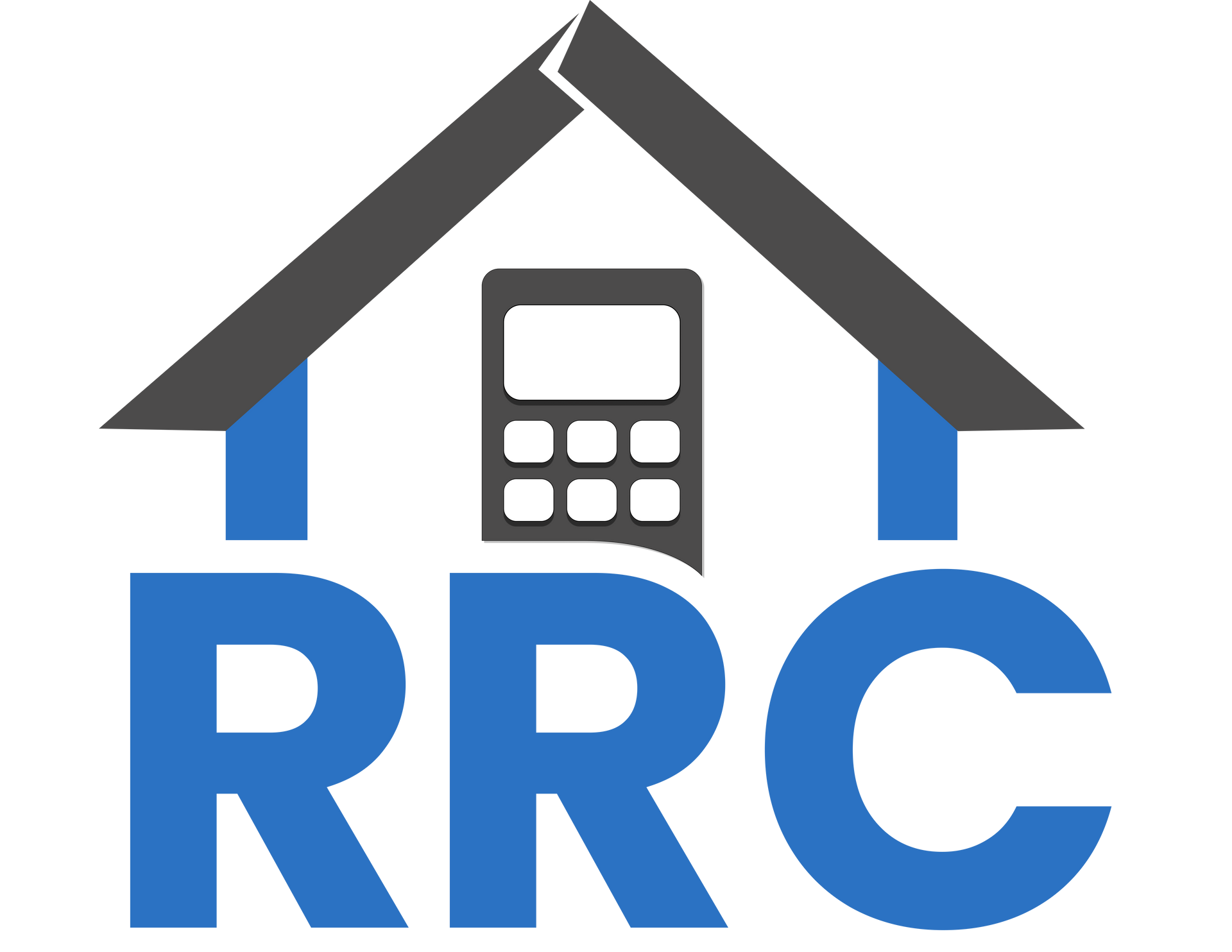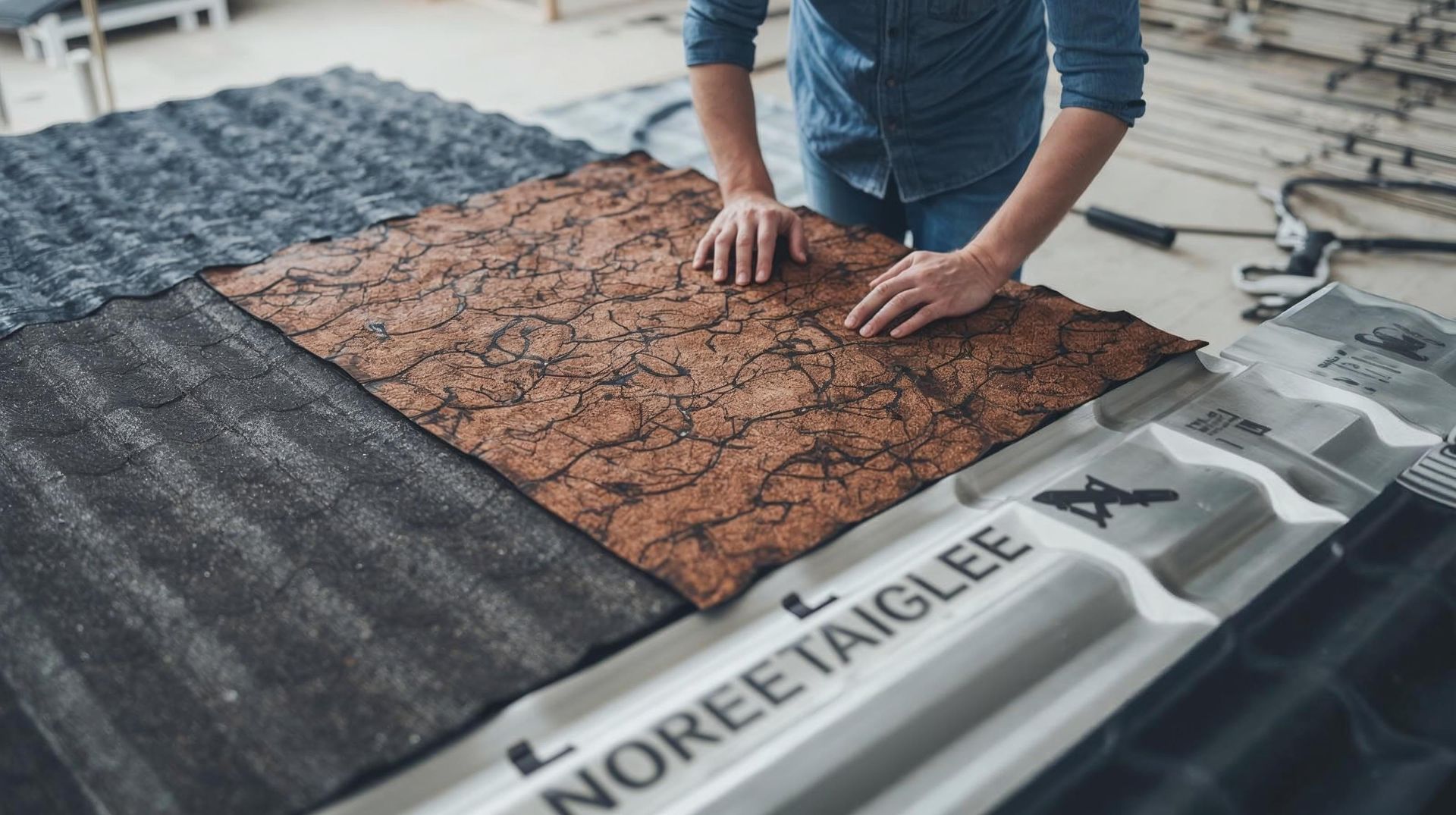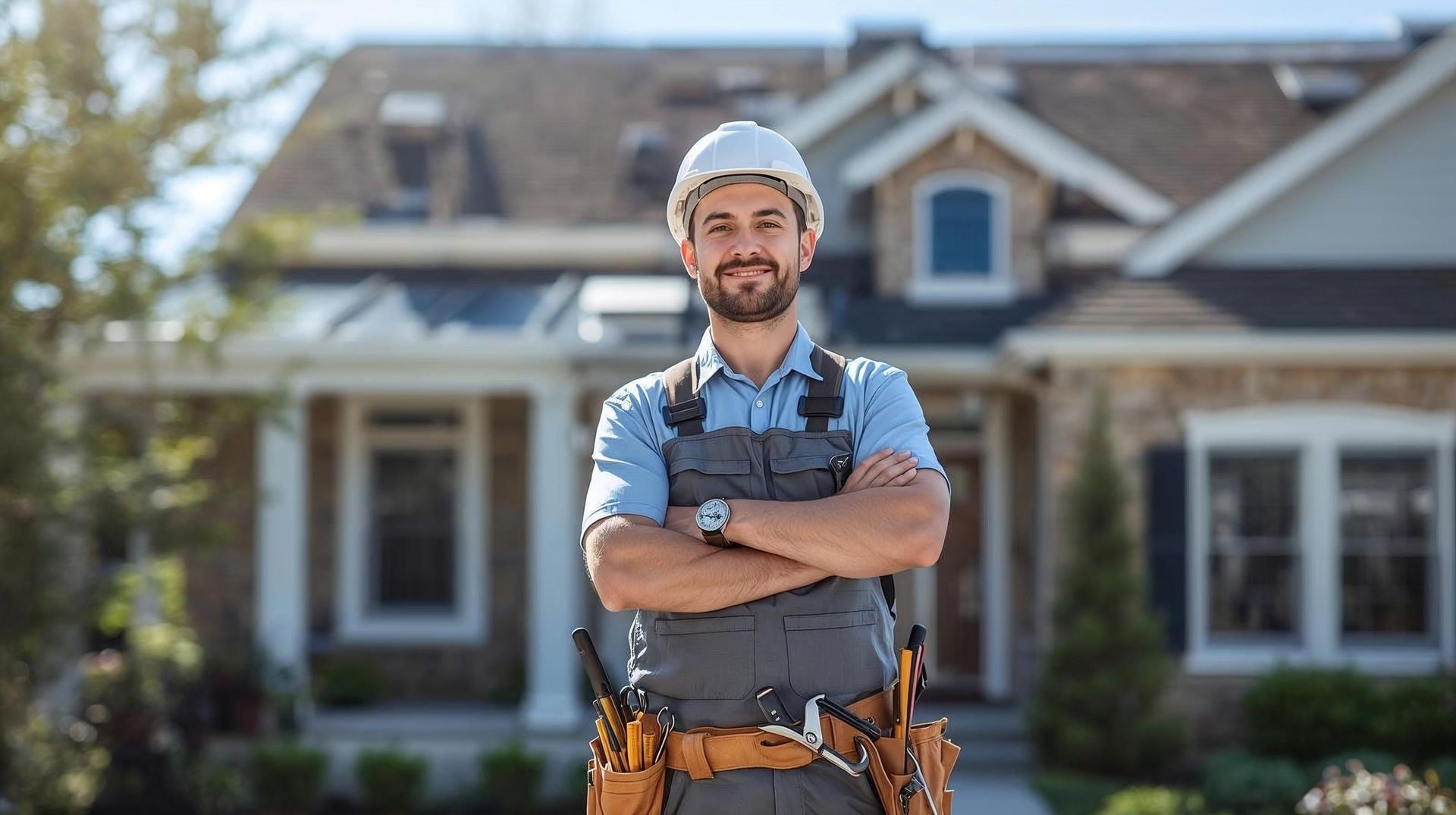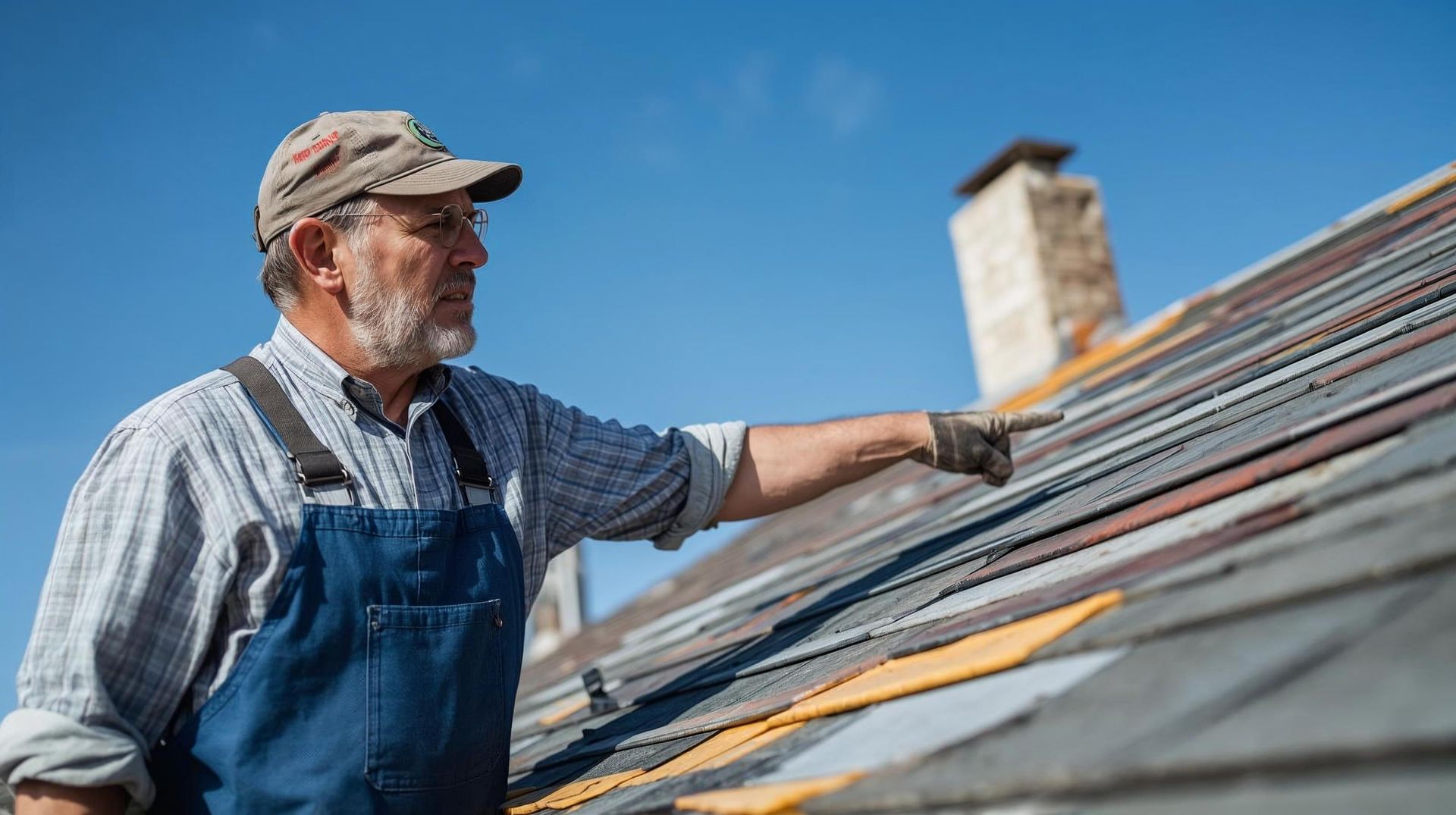The Complete Homeowner’s Guide to Roof Replacement Cost in 2025
Key Takeaways
In a hurry? Here's the bottom line on what you need to know:
- The National Average. The average roof replacement cost in the US for 2025 is between $8,500 and $14,500 for a standard home using architectural asphalt shingles.
- Top 3 Cost Factors. The final roof cost depends almost entirely on three things: the roofing material you choose, the roof size and complexity of your roof, and your geographic location, which dictates labor costs.
- Material is Key. Your choice of material is the single biggest deciding factor. Architectural asphalt shingles offer the best balance of cost and long-term value for most homeowners.
- Get Multiple Quotes. The only way to know the true cost for your project is to get at least 3 to 5 detailed, written estimates from reputable roofing contractors.
- Use a Calculator First. An online roof cost calculator is the fastest way to get a personalized estimate, giving you a powerful budgeting tool before you start making calls.
Want to skip the averages and find your number?
>> Get an Instant, Personalized Estimate with Our Free Roof Cost Calculator <<
How Much Does a New Roof Cost in 2025?
A roof replacement is a critical investment in your home's safety and value, but the final price tag can change a lot from house to house. There really is no single answer to "how much does a new roof cost?" because every home is different.
But by understanding the main things that affect the price, you can build a realistic budget and plan with confidence.
This guide will give you a clear look at the national average cost, break down all the factors that influence pricing, and walk you through all the considerations you need to make.
What is the National Average Roof Replacement Cost?
Let's get straight to the point. The national average roof replacement cost in the United States in 2025 is between $8,500 and $14,500.
That's a pretty wide range, right? This typical roof cost usually covers a standard-sized home, somewhere around 1,800 to 2,200 square feet. It also assumes you're using the most common roofing material, which is architectural asphalt shingles.
If your home is smaller or you use basic three-tab shingles, your cost might be on the lower end. If you have a larger roof or choose an expensive roofing material like a new metal roof, your cost to replace it could be much higher.
If you want an average cost estimate for your specific state, you can check out this article, which lists all the averages state-wise.
>>State-Wise Average Costs of a Roof Replacement<<
A Sample Breakdown for the Cost of a New Roof
To help you see how all the charges add up on a real quote, here’s a sample estimate. This example is for a standard 1,800 square foot roof replacement using architectural asphalt shingles.
(Disclaimer: These numbers are just an example. Your actual cost will change based on your location, roof complexity, and the roofing contractor you hire.)
- Materials (about 40% of the total):
- Architectural Shingles and accessories will be around $2,800.
- Other materials, like underlayment and roof flashing, will be about $950.
- It's smart to budget for potential wood repairs, maybe $450.
- Total Material Cost is around $4,200.
- Labor and Other Costs (about 60% of the total):
- The roof replacement labor for tearing off the old roof and the roof installation will be about $4,500.
- Disposal and dumpster fees will be around $600.
- Permits will be about $400.
- Total Labor and Other Costs are around $5,500.
Total Estimated Roof Replacement Cost: $9,700
A reputable roofing contractor will always give you a detailed breakdown like this so you can see exactly where your money is going.
The 7 Key Factors That Determine Your Final Roof Cost
So, why does the cost to replace a roof have such a big range? The overall cost is a combination of these seven key factors.
1. Your Choice of Roofing Material
This is the single biggest deciding factor. Your material costs can vary dramatically. Economical asphalt shingles might cost $4 to $11 per square foot. A high-end slate roof could cost $20 to $40 per square foot. This choice will have the largest impact on your replacement cost.
2. Your Roof's Size and Complexity
The roof size is a primary cost driver. A larger roof with more square footage will naturally require more materials and more labor. But it's not just about the square footage. Roof complexity is also a huge factor. A simple, low-pitch roof is far cheaper to work on than a steep roof pitch with features like dormers, valleys, or skylights.
3. Labor Costs in Your Area
What roofing companies charge for labor changes a lot depending on where you live. The labor costs for a roof installation in a major city will be much higher than in a small town. This is one of the main reasons why the average price can differ so much from one state to another.
4. Tearing Off the Old Roof
Before the new roof can be installed, the old roof has to go. This labor is a significant line item. If a previous roof was replaced by just adding a new layer on top, you might have two or more layers of old shingles to remove, which will lead to higher costs.
5. Potential Decking Repairs
This is the classic "hidden cost." No contractor knows the true condition of the wooden roof deck until the old roof is torn off. If roof damage like rot is found, those boards must be replaced at an additional cost, usually priced per square foot.
6. Permits and Local Building Codes
Every city requires a building permit for a full roof replacement, and the fee will be included in your roof cost. Also, if your existing roof's ventilation doesn't meet current local codes, it will need to be upgraded, adding to the total cost.
7. The Time of Year
You can often save money by scheduling your project at the right time. The roofing industry's peak season is typically spring and fall. If you can schedule your job during the slower off-season, like winter, many roofing companies are more willing to offer competitive pricing.
2025 Roofing Industry Trends
To really understand the numbers on your quote, it helps to know what's happening behind the scenes. Here are a few major trends in the roofing industry that are affecting prices everywhere in 2025.
- Material Supply Chains. The price of petroleum-based products, lumber, and steel has all been up and down. These changes in material costs get passed on to the homeowner.
- The Labor Market. There is a shortage of skilled construction workers right now. This means quality workmanship is in high demand, and the higher costs for roof replacement labor reflect that.
- A Shift Towards Durability. Many homeowners are thinking more about long-term value. While a new metal roof has a higher upfront cost, the idea of not needing another roof replacement sooner is appealing.
- Energy Efficiency and Solar. Government incentives are encouraging homeowners to invest in energy-efficient "cool roofs" or systems that are ready for solar panels, which can influence their choice of roof type.
Smart Homeowner Considerations
With all this information, how do you make a smart decision? The focus should be on getting the best long-term value.
Choosing the Right Material
For most homeowners, architectural asphalt shingles are the most cost-effective choice. They offer a great balance of affordability and an approximate 30-year lifespan. Expensive roofing material options like slate tiles or copper roofing are a luxury and only make sense for a "forever home" with a large budget.
Getting an Accurate Quote
The only way to know your actual cost is to talk to the pros.
- Contact 3 to 5 reputable roofing contractors in your area.
- Insist on an itemized estimate. This lets you compare quotes fairly.
- Discuss the warranties. A good contractor's warranty on their work is just as important as the material warranty.
Thinking About Financing
The total cost of a roof replacement can feel intimidating, but you don't have to pay for it all at once. There are several smart financing options available to make the expense manageable.
- Personal Loan: A straightforward loan you get from a bank or credit union based on your credit score, with no collateral needed.
- Home Equity Loan (or HELOC): A loan that lets you borrow against the value you've already paid into your home, often at a lower interest rate.
- Contractor Financing: A convenient loan offered directly by your roofing company, which sometimes includes promotional 0% interest deals.
- Homeowner's Insurance: This isn't a loan, but a potential payout from your insurance company if your roof replacement is necessary due to storm damage.
- FHA Title I Loan: A government-insured loan specifically for home improvement projects that can be easier for some homeowners to qualify for.
Will Your Homeowner's Insurance Pay for Your New Roof?
This is a question many homeowners have, and the answer depends on one key thing: the reason you need a new roof.
It's important to remember that your homeowners' insurance policy is designed to cover sudden, accidental damage; it's not a maintenance plan for a roof that's simply getting old.
When Your Insurance Will Likely Help:
Your insurance company will likely cover a large portion of the replacement cost if your roof damage was caused by a specific, covered event (often called a "peril"). This includes things like:
- A major hailstorm that leaves dents and bruises.
- High winds that tear off missing shingles or cause widespread lifting.
- A tree falling on your house during a storm.
- Damage from a fire.
If you believe your roof damage is from one of these events, you should document it with photos and contact your insurer immediately to start an insurance claim.
When Your Insurance Will Not Help
On the other hand, if your roof has simply reached the end of its natural lifespan due to age and normal wear and tear, the cost to replace it will most likely not be covered. Insurance does not usually pay for routine home maintenance, and replacing an old, worn-out roof falls into that category.
Understanding Your Payout
If your claim is approved, you will still be responsible for your deductible (the amount you pay out of pocket). The insurance payout will be for either the Actual Cash Value (ACV), which is the value of your old roof with its age and wear factored in, or the Replacement Cost Value (RCV), which is the full cost to build a new roof today.
Conclusion: Planning Your Roof Replacement with Confidence
While the roof replacement cost is a big number, it doesn't have to be a confusing one. By understanding the average cost, the key factors that drive the price, and the current market trends, you are now in a great position to plan your project.
The cost to replace a roof is manageable when you know what to expect. Your new roof is a critical part of your home, and investing in a quality roof installation is a decision that pays off for decades to come.
You have the knowledge, now get your personalized numbers.
>> Calculate Your Personalized Roof Replacement Cost for Free <<
How often does a roof typically need to be replaced?
It really depends on the roofing material. A standard asphalt shingle roof lasts 15 to 20 years, while architectural shingles last 25 to 30 years or more. Metal roofing can last 50 years or more.
Does a new roof increase my home's value?
Yes. A new roof is one of the most valuable home improvement projects you can do. It often recoups a large part of its cost at resale because buyers know they won't have to worry about it for a long time.
What are the most common "hidden costs" in a roof replacement?
The most common surprise cost is the need to replace rotten or damaged roof decking, which is only found after the old roof is torn off. Other additional costs can include upgrading ventilation to meet current building codes.
Will my homeowners' insurance ever pay for a new roof?
Yes, but only if the roof replacement is needed because of specific, covered roof damage, like from a hailstorm or fallen tree. Your insurance company will not pay to replace a roof that is simply old and worn out.



